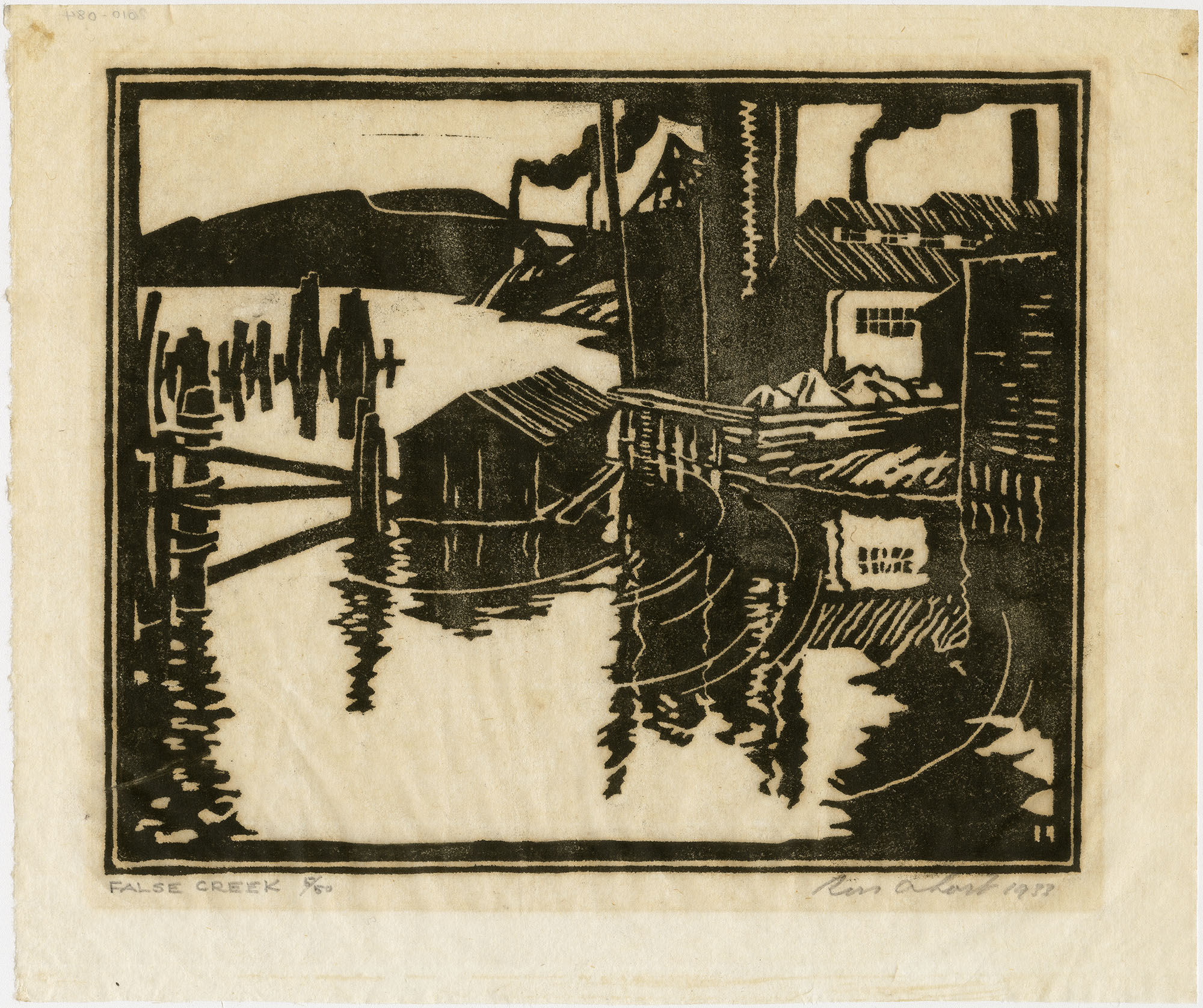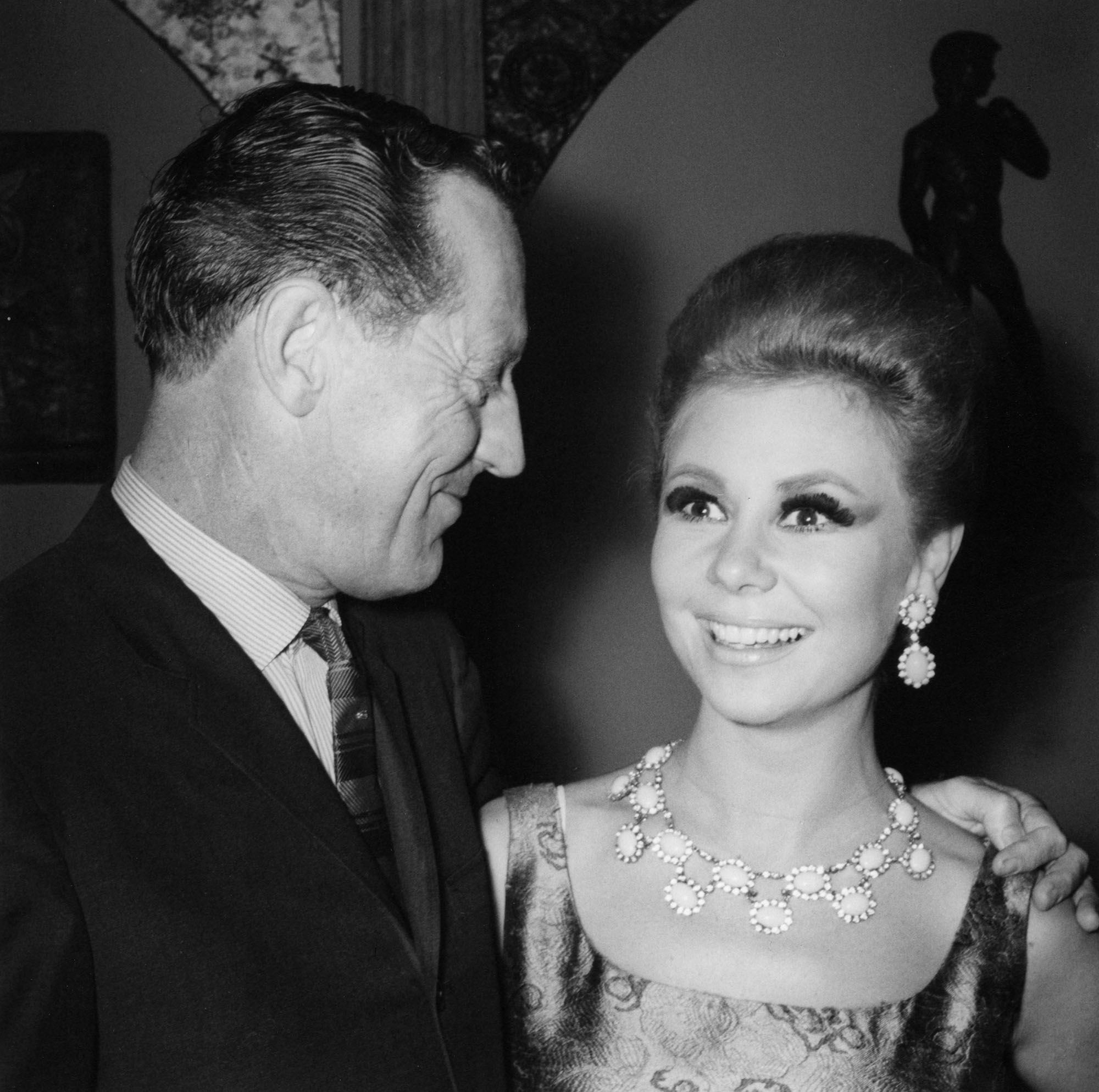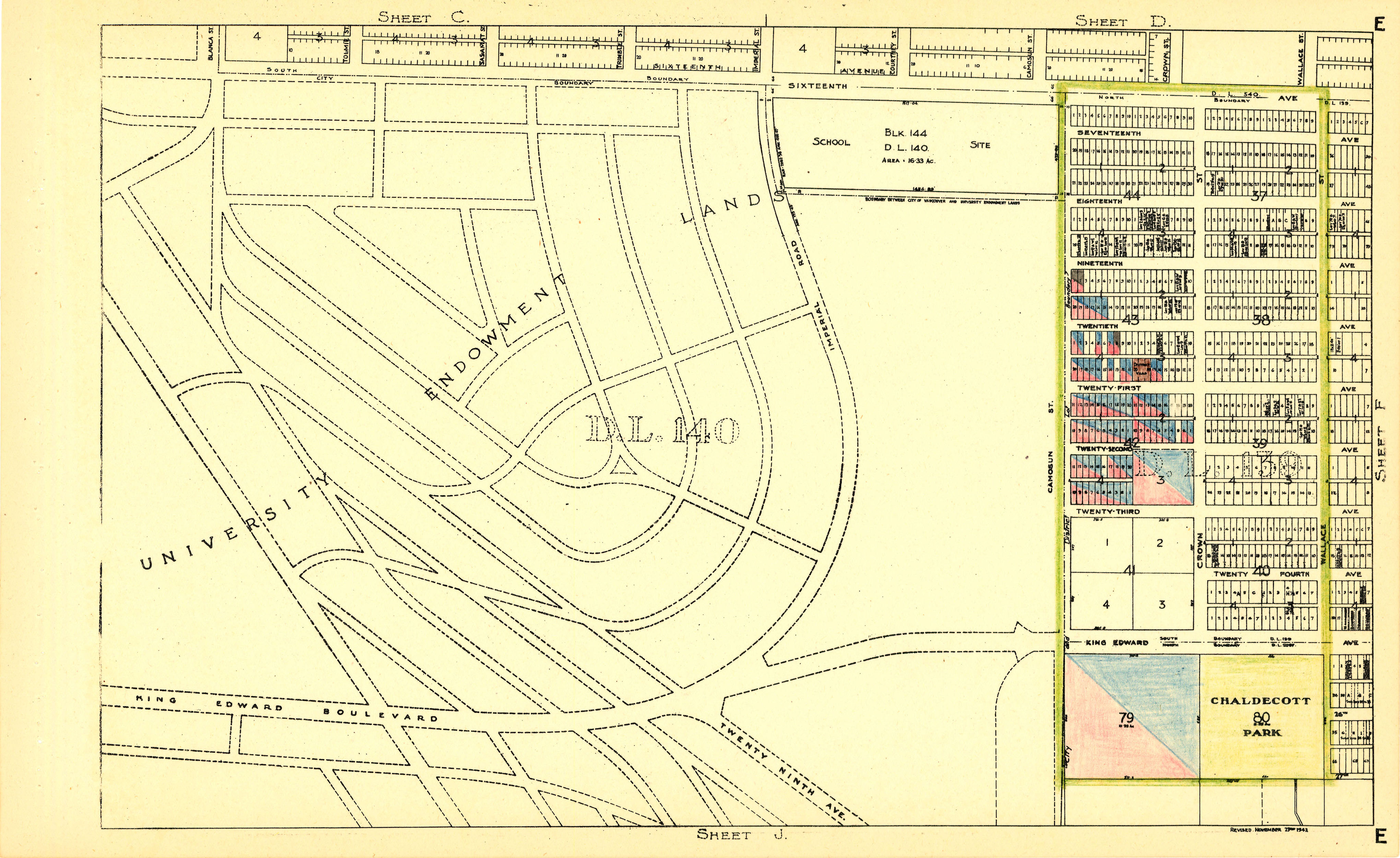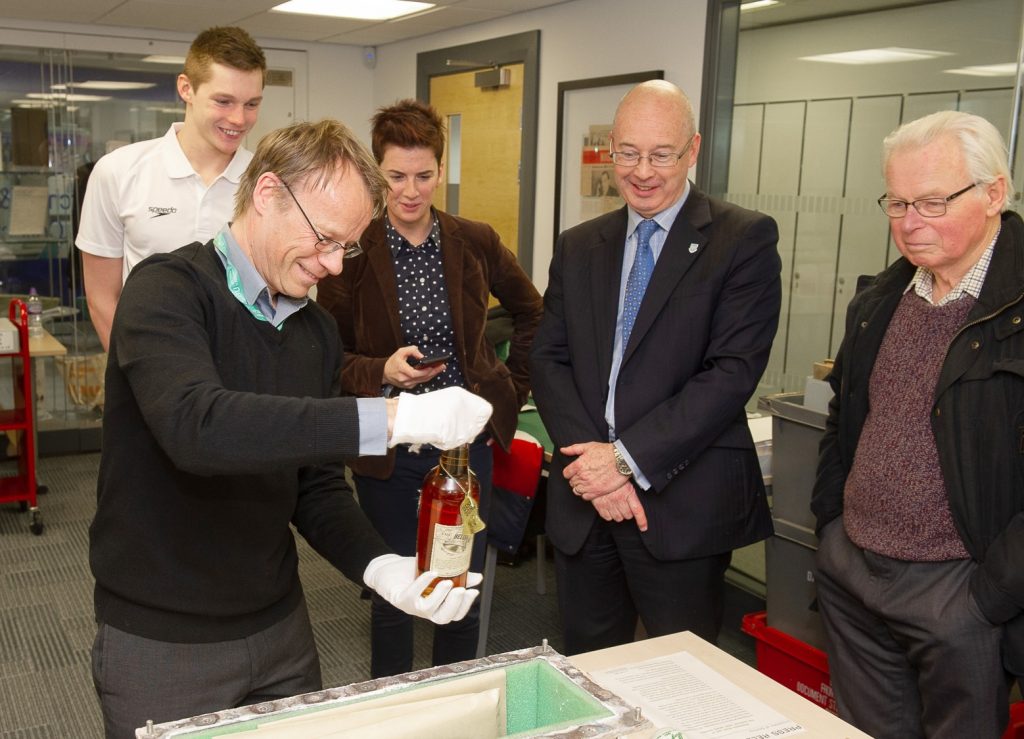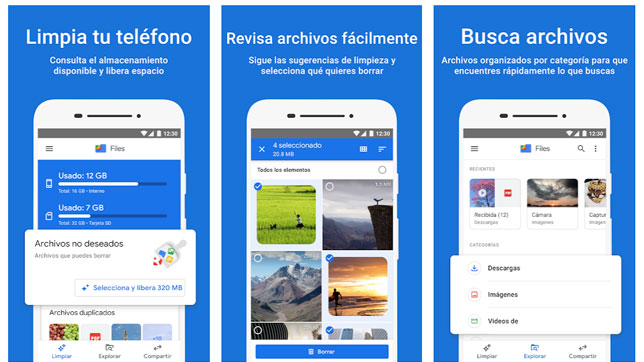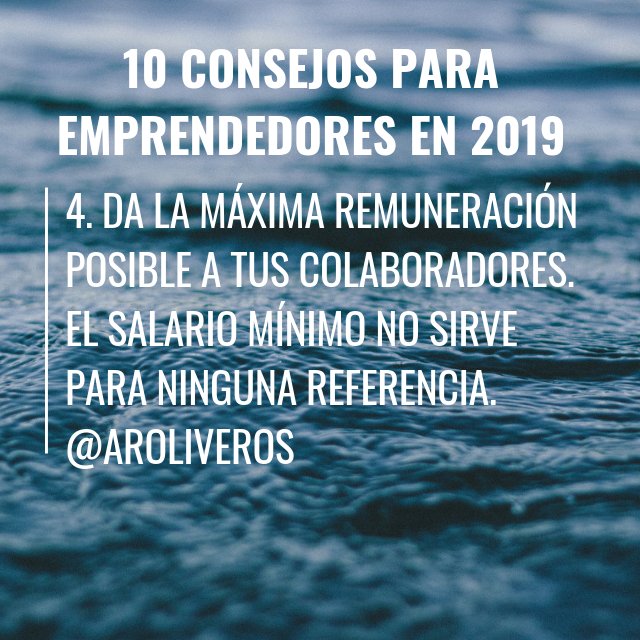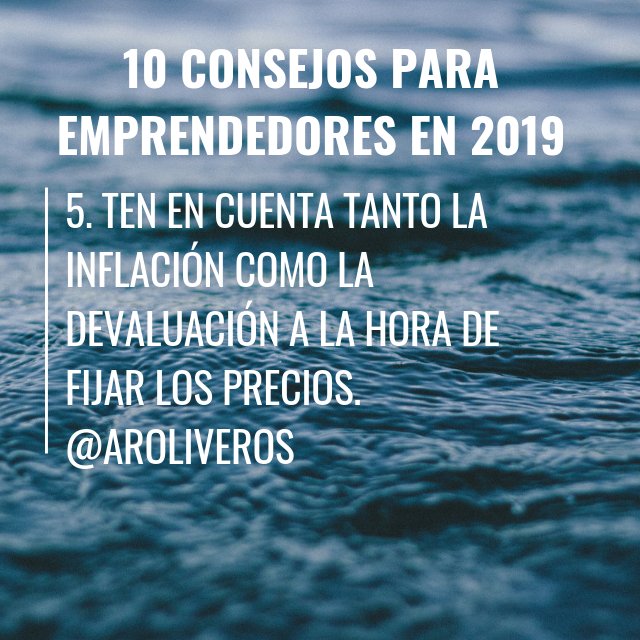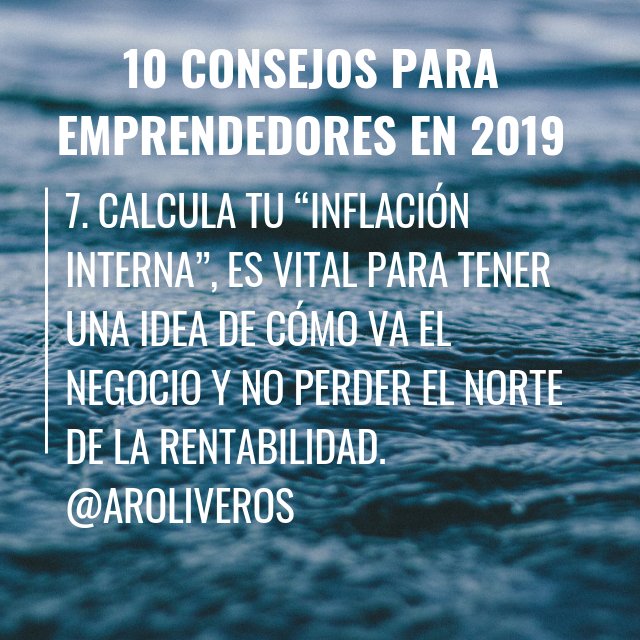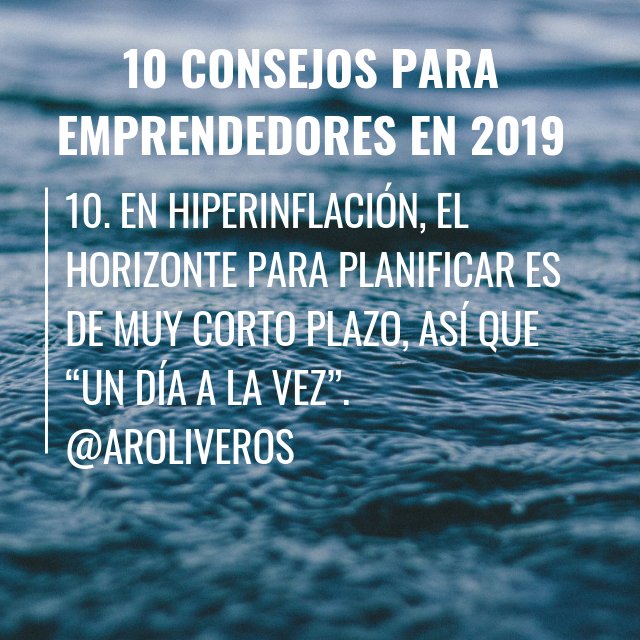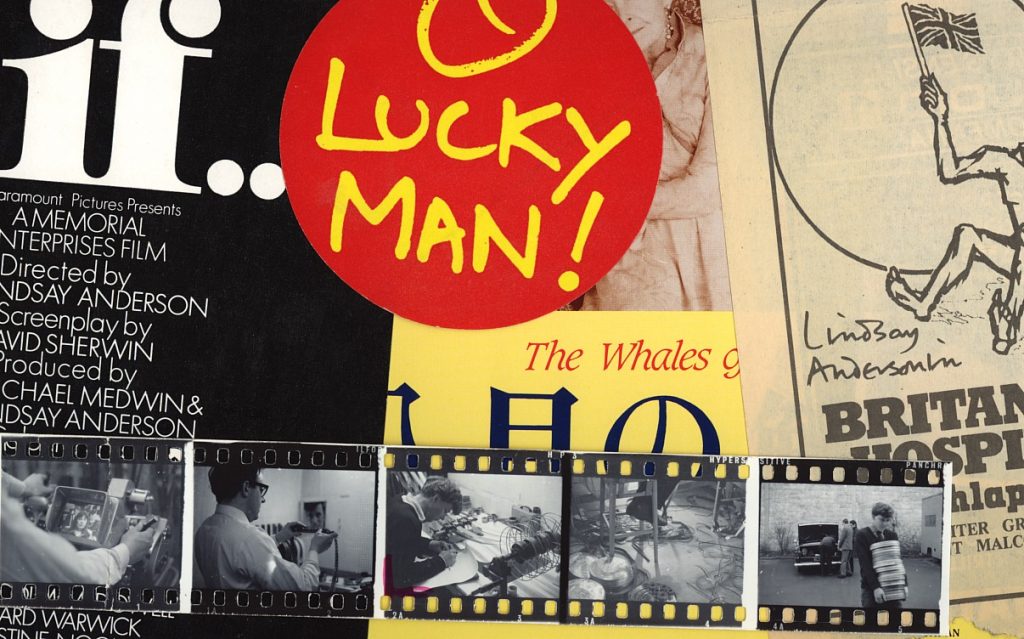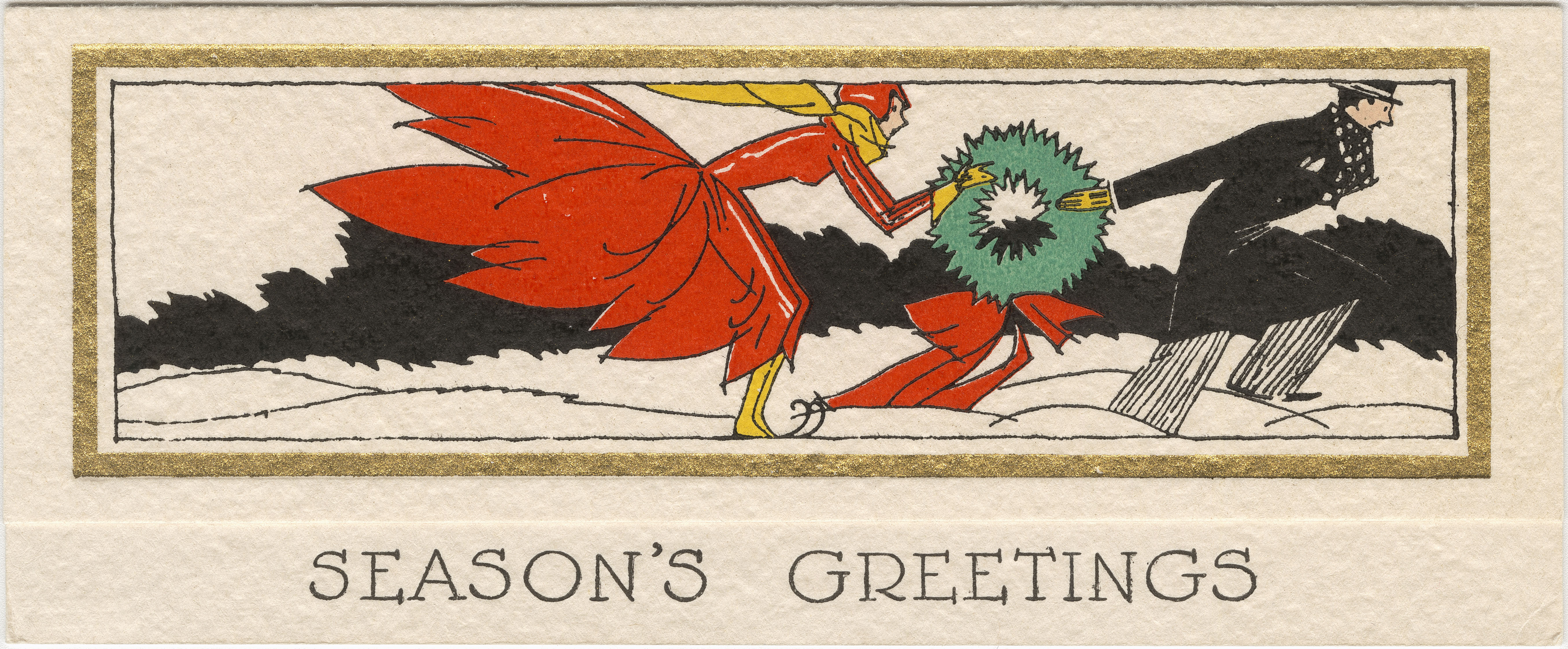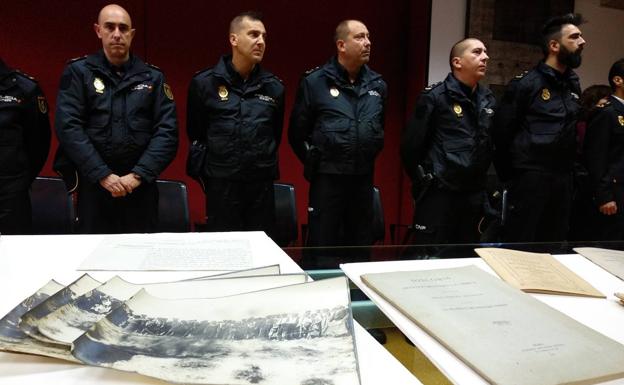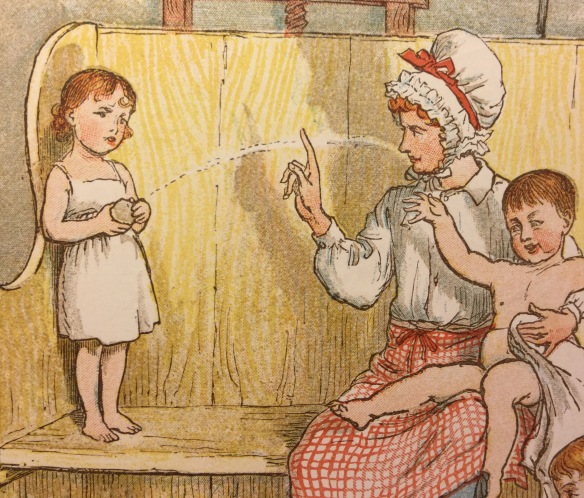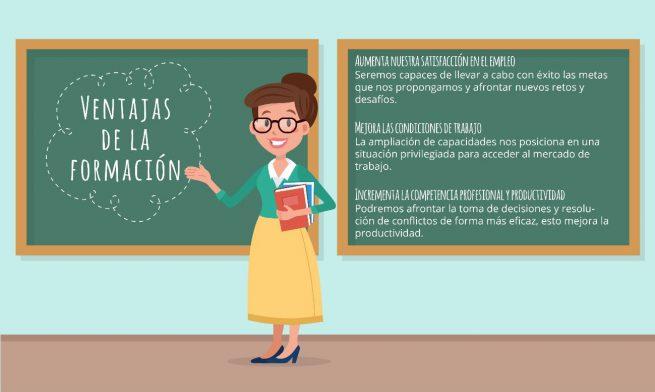It was forty years ago this week that the world lost Donny Hathaway, the recording artist remembered by most for his top-40 hits with Roberta Flack, Where is the Love and The Closer I Get to You. But to fans of 1970s soul and R&B, Hathaway is remembered first as a consummate artist, a musician whose technical ability and expressive powers produced a body of work like no other. Atlantic Records producer Jerry Wexler said, “I used to think we had two geniuses on Atlantic: Aretha Franklin and Ray Charles. When Donny Hathaway signed up, I announced to one and all that I think we’ve found our third genius.”[1]
Donny Edward Hathaway was born on October 1, 1945 in Chicago. He was raised in St. Louis by his grandmother, Martha Pitts, a gospel singer and guitarist. By the time he reached age four, Hathaway’s grandmother recognized his musical gift, bought him a piano, and nurtured his talent. His youth was immersed in an array of music making. He sang at his family’s Pentecostal church, Trinity Baptist; he performed on the St. Louis gospel circuit under the stage name “Little Donnie Pitts”; he studied classical piano, and in high school performed Grieg’s Piano Concerto in A minor; [2] and after graduating from high school he attended Howard University, where he studied music on an academic scholarship.
It was while studying at Howard that Hathaway formed some of his most important and enduring artistic relationships: with Roberta Flack —his classmate and the collaborator on his most popular recordings; with Leroy Hutson —his roommate and the writing partner on his first major single, The Ghetto, Pt. 1; and with Ric Powell —his classmate, band mate and the co-producer of his first album, Everything is Everything.
In 1969, after a successful two-year period working as an arranger, producer, and session musician at both Chess Records and at Curtis Mayfield’s Curtom Records, twenty-three-year-old Donny Hathaway was signed as a solo artist by Atlantic Records to its Atco division. Over the course of the next four years, he released three critically acclaimed solo studio albums, as well as the million-selling duet album, Roberta Flack & Donny Hathaway, his legendary album, Live, the holiday classic This Christmas, the film score for the Samuel Goldwyn Jr. production Come Back, Charleston Blue, and the theme song for CBS Television’s hit series Maude. In those same years, he remained in demand and active as an arranger and session musician for the recordings of a diverse group of major artists, including Lena Horne, Willie Nelson, Aretha Franklin, and Freddie King.
Donny Hathaway at a promotional event at the Plaza Hotel in 1971
(Cash Box, 5 June 1971/NYPR Archives)
The thread running through Hathaway’s prolific and diverse output is, of course, the artistry of Atlantic Records’ “third genius.” It is an artistry built on a synergy of craft (“the most brilliant musical theorist I ever encountered,”[3] according to Wexler), virtuosity, roots in the music traditions that came before him, and a commanding voice imbued with fearless expression. His songs, whether originals or covers, have the sublime quality of being at once deeply personal and universal: Someday We’ll All Be Free, I Love You More Than You’ll Ever Know, A Song for You, Giving Up.
In a 1971 review, the New York Times critic Don Heckman seemed almost at a loss to describe his encounter with Hathaway’s music. His extremely brief review begins:
Donny Hathaway, appearing at the Bitter End this week, should be heard. That’s the way one usually ends a review, but in this case I’m much more concerned with urging you to go experience his music for yourself than I am with making critical points.
He concluded, four sentences later:
So, to repeat myself, Donny Hathaway should be heard.[4]
Excerpt of the New York Times review of Donny Hathaway’s 1971 appearance at The Bitter End
(Don Heckman, New York Times, 29 October 1971)
But as his creative and professional life flourished, Hathaway’s mental health began to decline. According to his wife, Eulaulah Hathaway, “He was hospitalized on several occasions. I guess by ’73 or ’74 it was determined that he was a paranoid schizophrenic.” [5] From 1974 until 1979, Donny Hathaway’s recording career and public performances were largely halted by the debilitating effects of the disease and of its treatment.
Late in 1978, after a nearly four-year hiatus, plans were underway to resume Hathaway’s career. He would return to the recording studio to reunite with his old friend and collaborator, Roberta Flack; they would produce another duet album, a follow-up to their 1972 gold record. The sessions for the new album began in January of 1979 and some takes were recorded, including those for the singles Back Together Again and You Are My Heaven. But part way into the session of January 13th, Hathaway became irrational, overwhelmed by an episode of the mental illness that plagued his life. The session was canceled, the musicians sent home. Later that evening, at the age of 33, Donny Hathaway ended his life.
In 2011, Hathaway’s daughter, the singer Lalah Hathaway, spoke to Studio 360’s Eddie Robinson about her father, his legacy, and the transcendent quality of his music.
Lalah Hathaway on Studio 360, December 9th, 2011
Studio 360’s full interview with Lalah Hathaway is available here and is part the New York Public Radio Archives collection.
____________________________________________
[1] Unsung, season 1, episode 3, “Donny Hathaway,” A. Smith & Co. Productions, 2 December 2008
[2] Cheers, D. Michael, “The Mysterious Death of Donny Hathaway,” Ebony, April 1979
[3] Kandia Crazy Horse, “Donny Hathaway: a soul man who departed too soon,” The Guardian, 8 January 2014
[4] Heckman, Don, “Donny Hathaway Plays Bitter End,” The New York Times, 29 October 1971
[5] Wells, Chris, “Eulaulah Hathaway Exclusive,” Echoes, 24 October 2013
